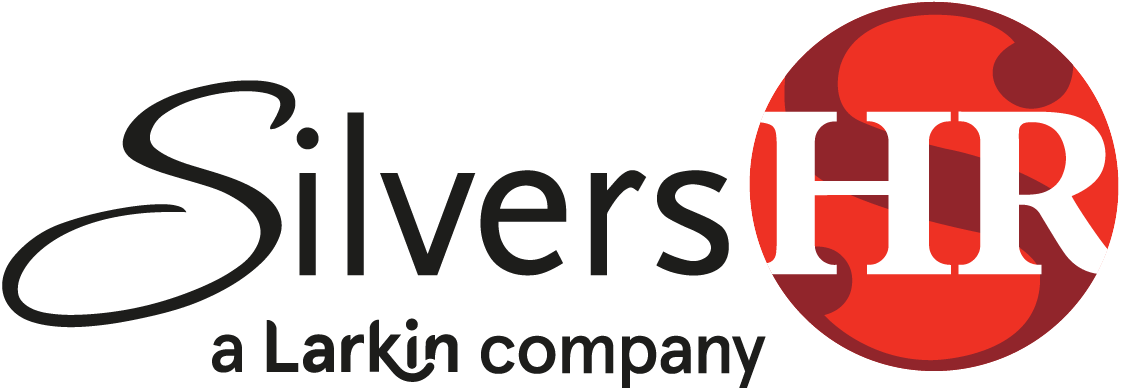By Jennifer Lippi, SPHR, PHRca
As you are likely aware by now, under Cal/OSHA’s new COVID-19 “Non-Emergency” Regulations adopted on February 3, 2023, an employer must develop a written COVID-19 Prevention Program (CPP) or ensure its elements are included in an existing Injury and Illness Prevention Program (IIPP).
Employers need to update their written COVID-19 Prevention Program yet again to ensure compliance with the new Non-Emergency Regulations. The good news is the required elements are much simpler than in that past.
The employer must ensure their written COVID-19 Prevention Program addresses how they will do the following:
- Determine measures to prevent COVID-19 transmission and identify and correct COVID-19 hazards.
- Provide COVID-19 training to employees.
- Investigate and respond to COVID-19 cases in the workplace.
- Exclude from the workplace COVID-19 cases until they are no longer an infection risk and meet return to work criteria, and implement effective policies to prevent transmission after close contact. The Cal/OSHA Non-Emergency Regulations follow current guidance from the CDPH regarding returning a COVID-19 case and a close contact to work and it is recommended you incorporate CDPH guidance by reference into your CPP rather than stating specific return to work time frames, as they are subject to change.
- Make testing available at no cost to employees:
- Who had a “close contact” (as defined in the COVID-19 Prevention regulations) with a person with COVID-19 except for recently returned1 employee COVID-19 cases (“returned cases”) without symptoms.
- During an outbreak:
- Make testing available weekly to all employees in the exposed group.
- Test employees after close contact or exclude them from the workplace until the return-to-work requirements for COVID-19 cases are met.
- During a major outbreak:
- Test employees in the exposed group or exclude them from the workplace until the return-to-work requirements for COVID-19 cases are met.
- Testing is required twice a week for all employees in the exposed group.
- Notify employees of COVID-19 cases in the workplace.
- Require and provide face coverings and respirators in the manner and in the circumstances specified in the COVID-19 Prevention regulations. Previous guidance of the CDPH required a COVID-19 positive person to continue masking through day 10. Under new CDPH guidance, they may discontinue masking sooner if they have two sequential negative tests at least one day apart. You may consider adding this to your updated CPP.
- Advise employees they can wear face coverings at work regardless of their vaccination status, and that retaliation by the employer is illegal.
- Improve indoor ventilation and air filtration to prevent COVID-19 transmission.
- Require respiratory protection during aerosolizing procedures.
- Keep records of COVID-19 cases at the workplace.
- Maintain records of COVID-19 cases, and report serious illnesses and outbreaks to Cal/OSHA and to the local health department when required.
The COVID-19 Non-Emergency regulations are in effect until February 3, 2025, so hopefully this is the last time you will have to update your COVID-19 Prevention Program. In light of the adoption of the new Non-Emergency Regulations, Cal/OSHA has also published an updated model prevention program. You can find Cal OSHA’s most recent template here.
If you need assistance in updating your COVID-19 Prevention Program or have questions about workplace safety issues, please reach out to your Silvers HR consultant.
